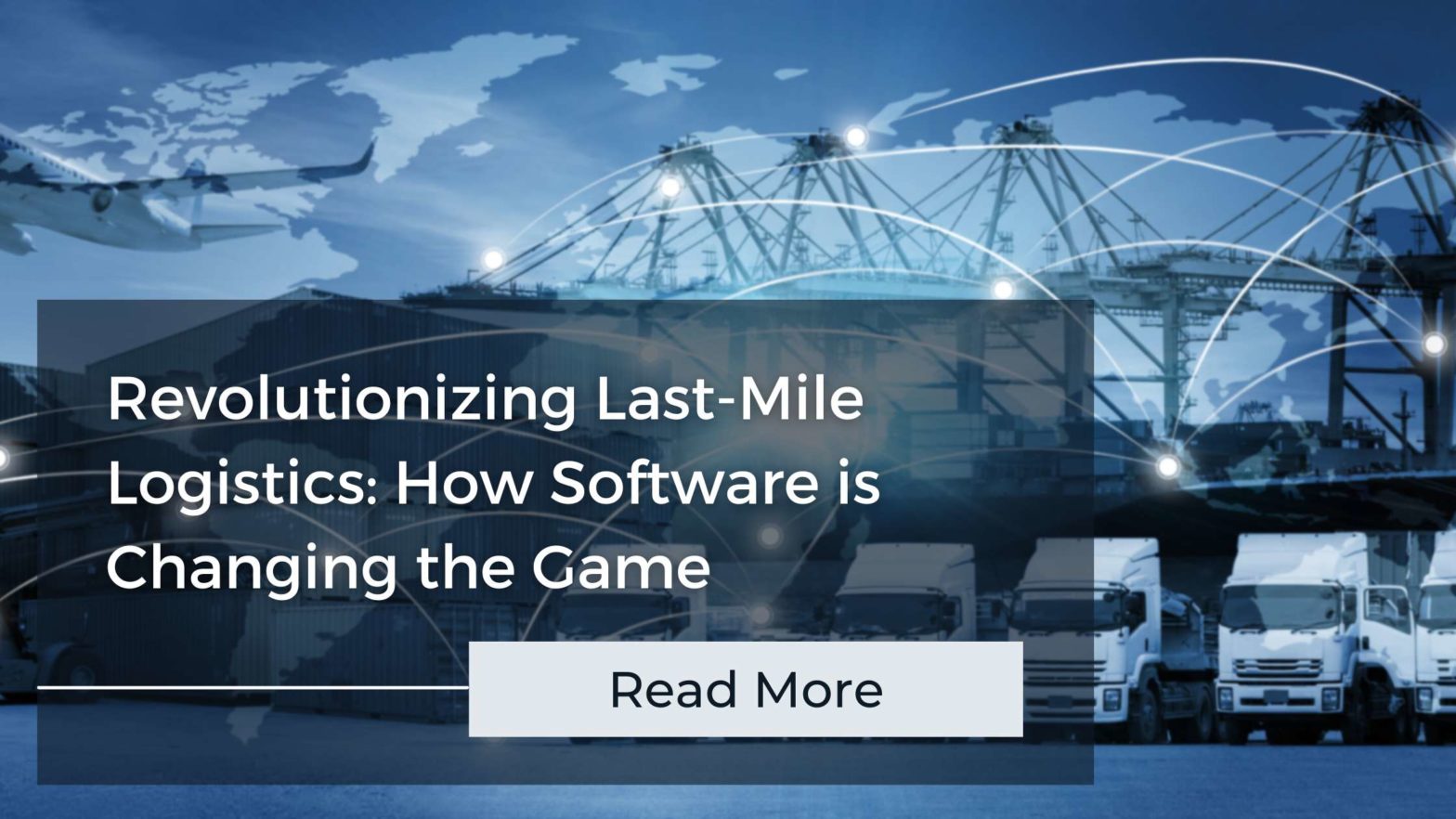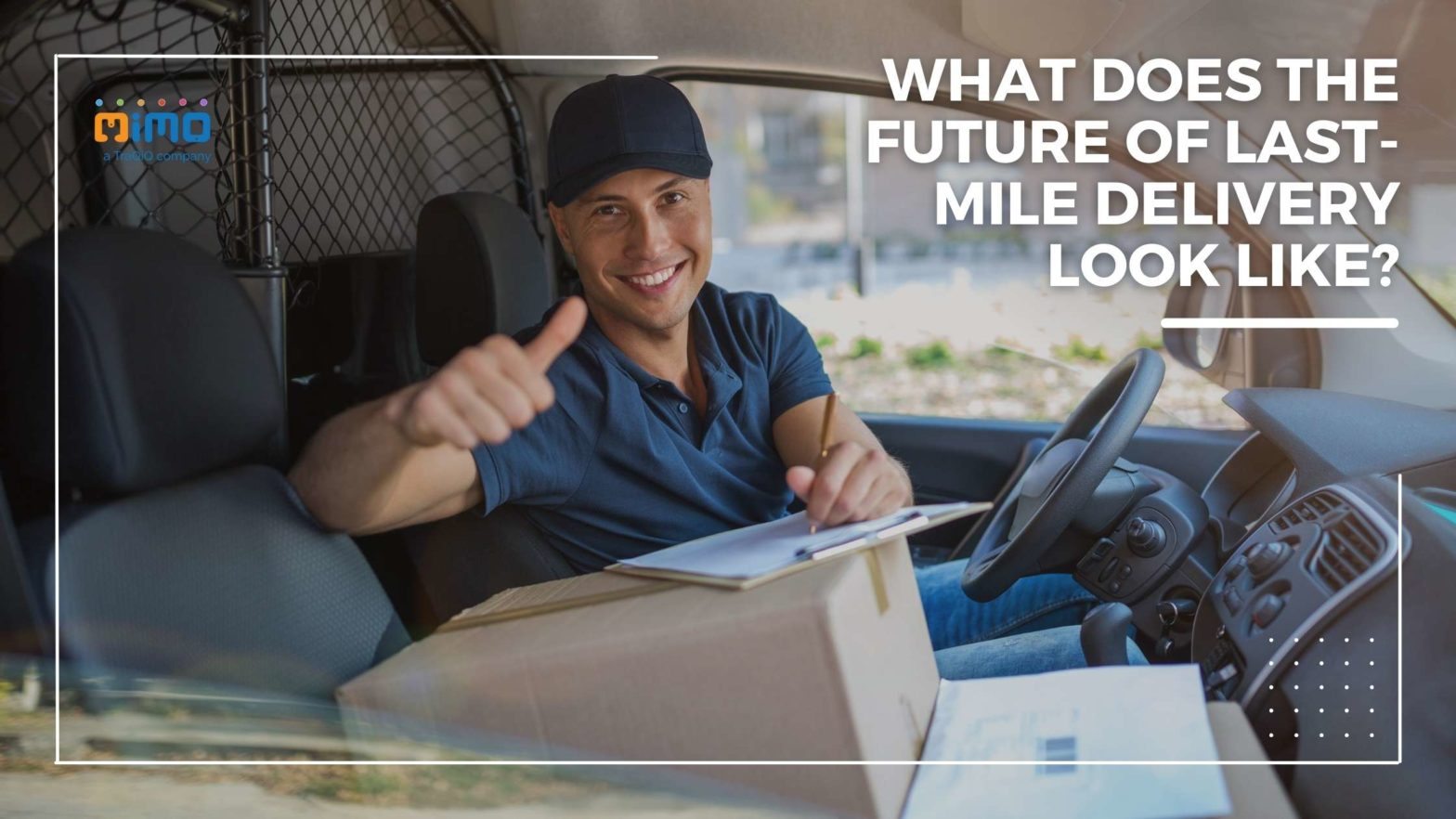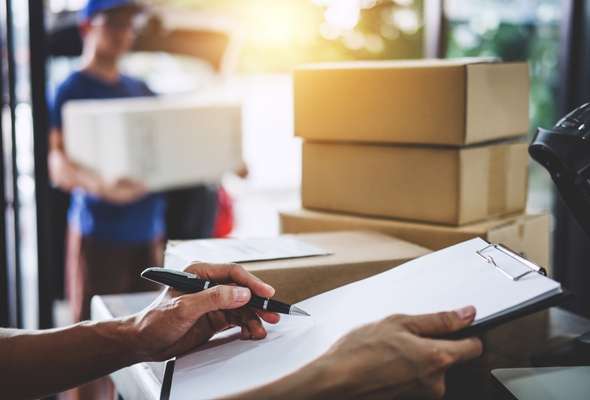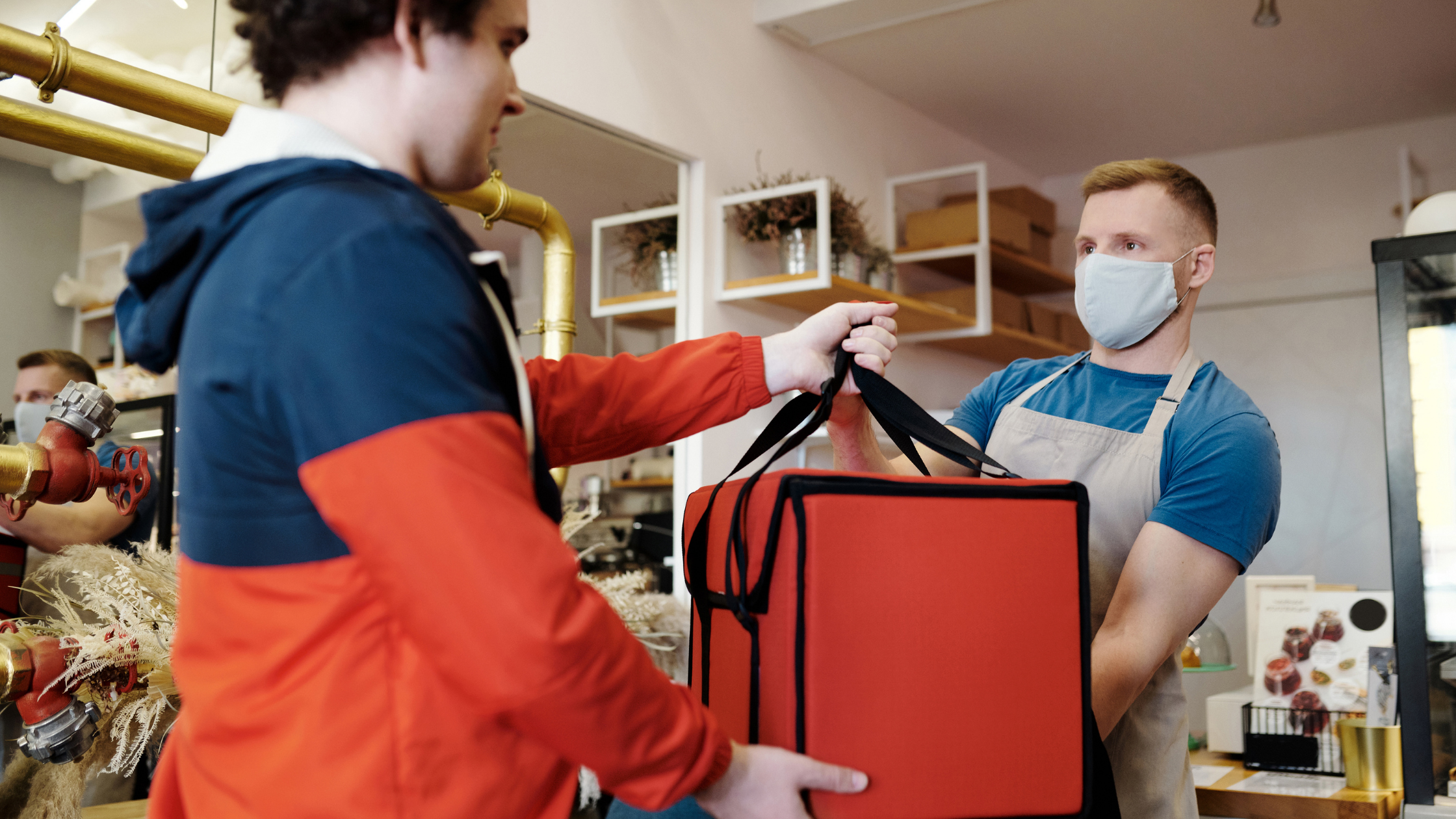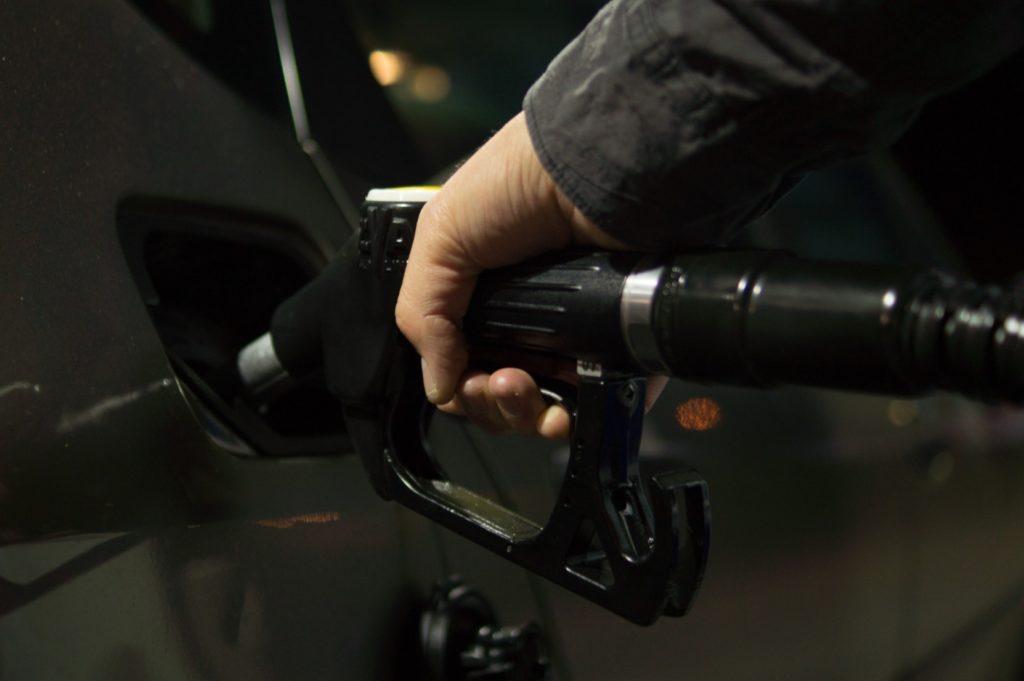
Revolutionizing Last-Mile Logistics: How Software is Changing the Game
The last-mile logistics will be transformed by cutting-edge vehicles, as well as by mobile apps that will make it easier for companies to manage their inventory. Delivering client packages to the last mile is a priority for last-mile delivery. The development of the last-mile delivery option has altered how logistics companies convey products from demand management to customers’ homes.
A last-mile delivery logistics software solution is the only one of its kind in the retail world. The entire delivery process must be overseen by you until the gifts are delivered to their recipients. It may now take longer to deliver the last mile using the usual method.
It is possible to improve delivery experiences by using last-mile delivery software. Last-mile delivery software stacks must include more than delivery management and scheduling tools. The majority of delivery companies have difficulty satisfying their clients, even with same-day contactless delivery. We will now discuss last-mile delivery, its importance, and the software that is used to manage delivery.
Table of Contents
Why is last-mile delivery software important for your businesses?
Last-mile delivery systems are intended for sharing real-time data. Moreover, both businesses and customers will benefit from it. It keeps the customers happy and satisfied when on time delivery. Streamlining corporate operations requires a last-mile delivery platform. Transparency with customers must be developed. It can improve revenue generation and customer experience by automating manual processes. A last-mile delivery system helps logistic businesses make better inventory decisions and improve their supply chain.
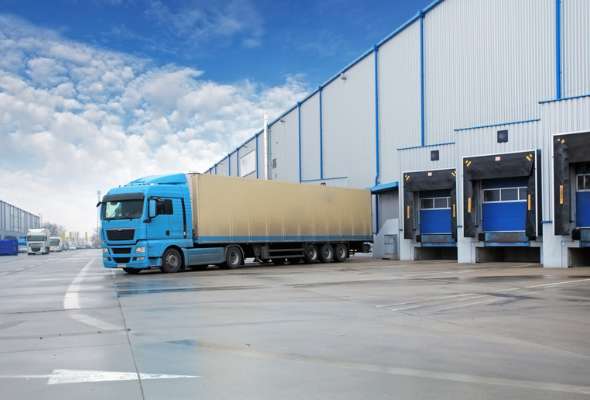
What is the future scope for last-mile delivery software?
This system outperforms expectations due to its quick and low-cost deliveries. Every customer now prefers companies that provide quick turnaround. Nowadays, everyone expects to receive their deliveries on time. When discussing the future of last-mile delivery management software, we notice that people anticipate using a wide range of services. Tech-friendly software is driving the world, and with this urbanization, it is becoming increasingly difficult for any business not to implement tech-friendly software.
The logistics industry’s future is bright, and the only way to get there is to develop last-mile delivery software. It will motivate the company to connect a large number of online sites and warehouse centers.
People prefer to place more online orders in this digital age. Last-mile delivery is likely to become popular because people rely on convenience and comfort. However, the benefits of this delivery system extend beyond the e-commerce system.
Why is last-mile delivery software beneficial to businesses?
Having this delivery solution available would be ideal. The package will be delivered smoothly to its desired location using this option, which is one of the most reasonable options available. On-time delivery of the product is ensured. Customers will receive notifications about orders and delivery information if they use the mobile application of this solution.
A software development solution like this can help a company maintain a route planning and delivery strategy. In order to avoid missing deliveries, companies can use this software. It includes last-minute features for orders that require special attention.
This app includes last-minute reminder features for orders that require special attention. It sends notifications to businesses based on bad weather and high-traffic areas. This importance is given to products such as edibles and products that require careful handling.
These types of software applications are attractive to businesses since they enable users to post comments and feedback that will help with marketing. By using this software, companies are able to customize products based on their priority and order date. You can then reschedule deliveries and save time.
How does logistics delivery management software for the last mile affect the future?
In the midst of the pandemic, logistics and transportation companies have become more critical of increasing last-mile delivery capacity. Technology solutions can assist the firm in achieving profitability and taking it to the next level.
Sensor application
Logistics companies will increasingly use sensors to track items’ temperatures in the future. Logistics organizations will be able to monitor humidity and temperature during delivery.
Drone delivery
Drone delivery of critical things is another potential development. Most logistics organizations are already taking measures toward autonomous cars in order to expand last-mile deliveries. Clearly, such a trend will reduce logistics firms’ labour costs if it becomes a reality.
Architectural Intelligence
Shipping’s bright future is dependent on technologies such as artificial intelligence. In the near future, last-mile delivery procedures will be radically transformed by the use of such technology.
Strategies used for last-mile delivery
Here are a few suggestions for improving the client experience during last-mile delivery.
1. Offer omni channel fulfillment
Having a range of fulfillment options is increasingly essential. You can pick up your purchases curbside, order online, or in-store, have them shipped or enjoy endless aisles that combine the best of both worlds.
2. Make a flexible delivery date available
The delivery date of a purchase is something customers want to be able to control completely. Customers should be able to order certain things weeks in advance, such as furniture or home décor, as well as receive same-day delivery.
3. Allow for real-time transparency
Customer satisfaction is highly dependent on real-time openness and communication throughout the order fulfillment process. In addition, they want to know when their orders are being prepared for shipment, when they are shipped, and when their loads are expected to arrive.
4. Make certain that delivery is contactless
The delivery process must be digitized as much as possible by retailers. For example, a customer’s front door can be left with groceries and clothing.
5. Promote cross-functional intelligence
Real-time intelligence must be provided to associates. By knowing what their customer’s demand is, merchants and third-party logistics partners can create trust and loyalty with them.
Conclusion
Last-mile delivery services must be ramped up during a pandemic. This is where cutting-edge technological solutions can assist in growing the company and generating revenue. Take advantage of the newest innovations in last mile delivery management software for your logistics company’s increased growth. The significance of last-mile delivery solutions cannot be overlooked, notwithstanding the COVID challenges. The final mile delivery option is still a helmet-to-head solution due to the present trends and future potential.
One of the most important parts of the logistics business is the last-mile delivery by demand management. This innovative solution is sought after by all logistical companies to improve customer retention and delivery processes. Achieving the company’s goals and increasing profitability are facilitated by it. When it comes to improving your delivery procedures, it’s time to implement an automated system. Make sure you offer your clients the appropriate software system and the ideal services in accordance with their budget.
Technology helps us manage the last-mile delivery process efficiently from collection to delivery. Through this, the company can expand and become more flexible.
Like this article?
More To Explore

What Factors Should Organizations Consider Before Outsourcing Their Internal Audit Functions?
+91 1141182211 Outsourcing has become a strategic choice for many organizations looking to streamline operations, reduce costs, and enhance efficiency.

Outsourcing Internal Audit: Evaluating the Upsides and Downsides for Your Organization
+91 1141182211 In today’s dynamic business environment, companies face increasing pressure to enhance efficiency, manage risks effectively, and ensure compliance

A Background Verification Guide: Frequently Asked Questions and Their Answers
+91 1141182211 Background verification (BGV) is a crucial process used by employers to ensure they are hiring candidates with accurate
